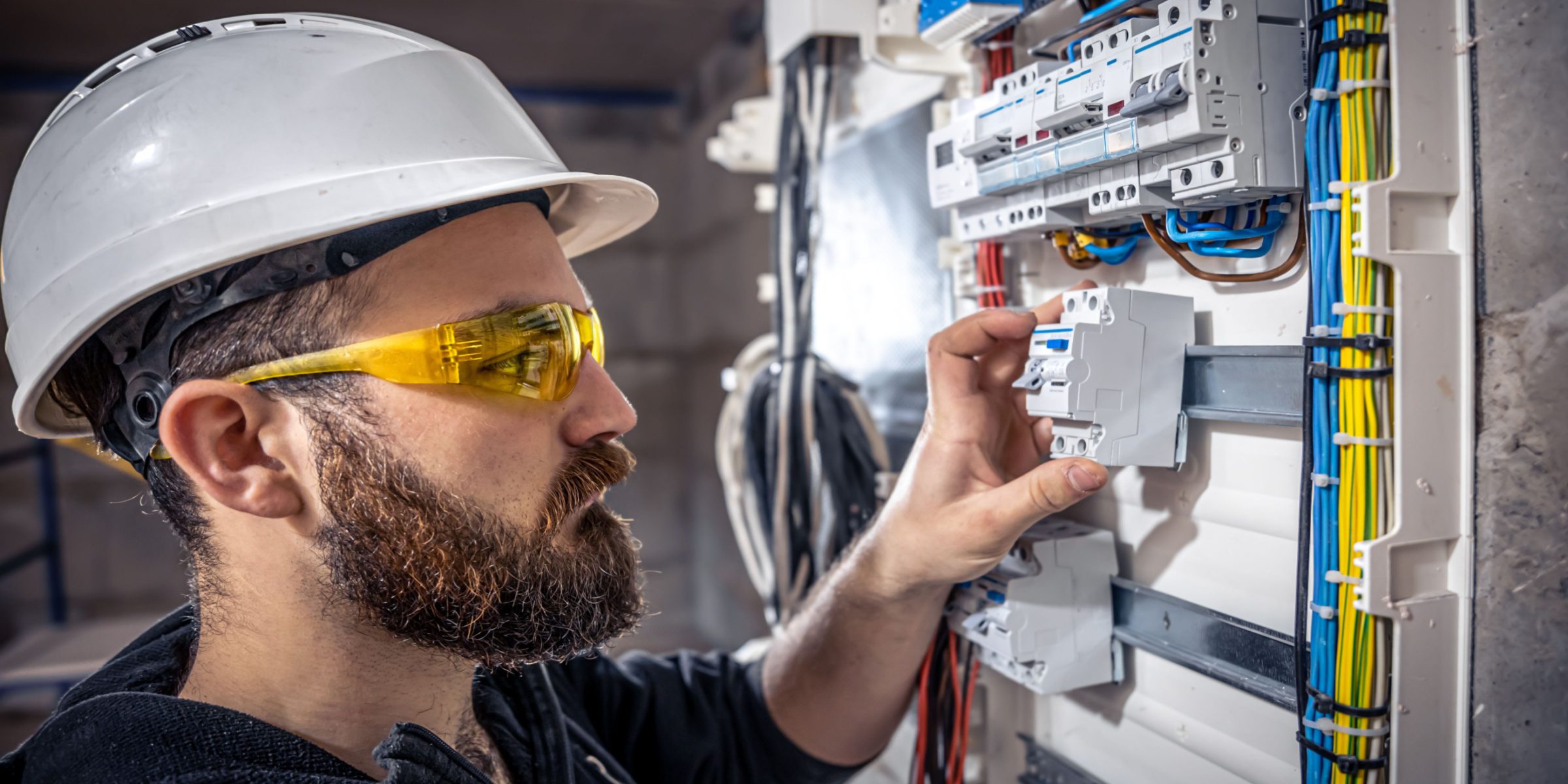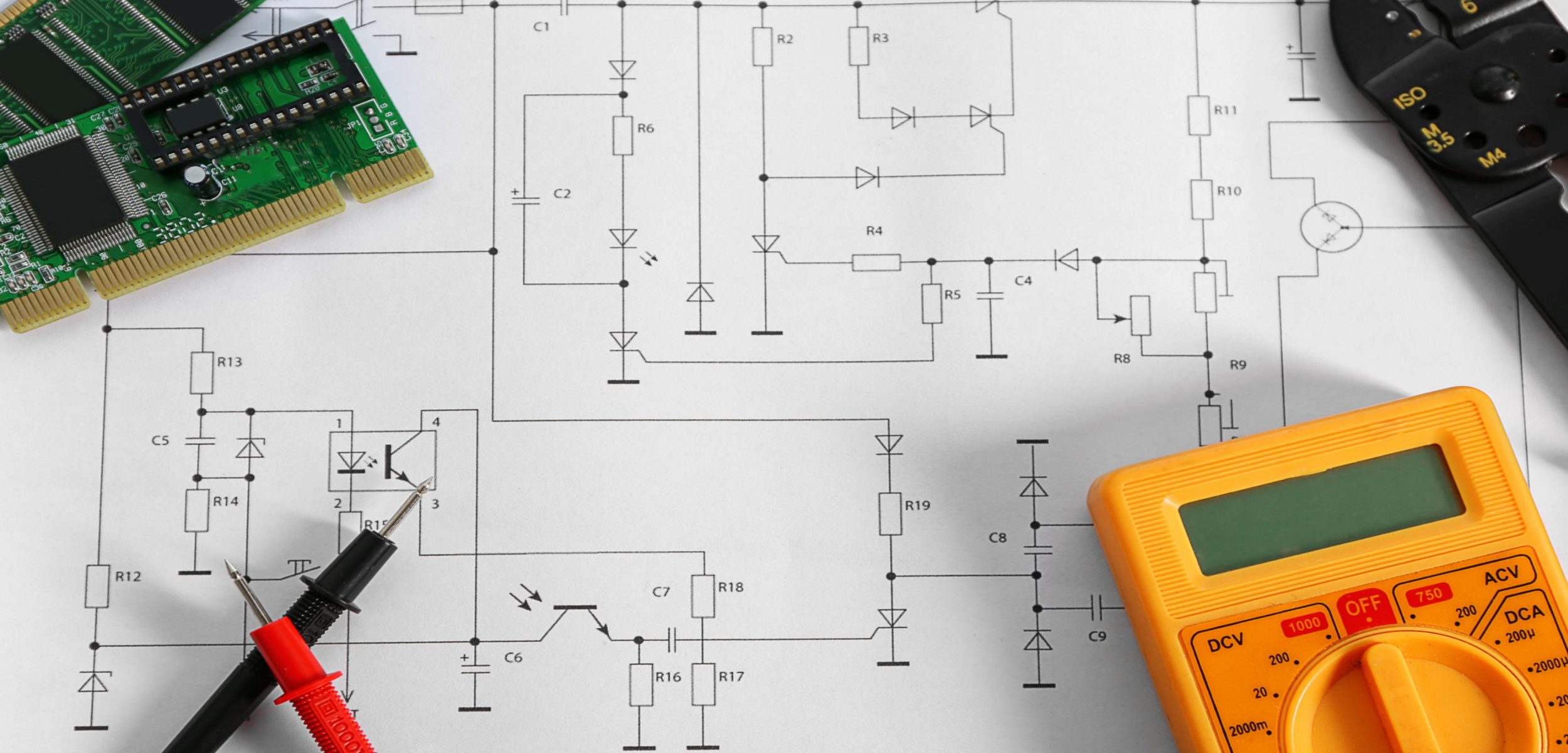Electricity has become an integral part of our daily lives. It powers the lights in our homes, the appliances in our kitchens, and the gadgets we use every day. Even though we use it all the time, understanding how electricity works can be confusing. This blog is here to make sense of the basics of electricity and explain how it all works in simple terms.
At its core, electricity is the flow of electric charge. This flow can be used to do many things, like light up a bulb or run a fan. Electricity can come from different sources, such as coal, natural gas, nuclear power, and renewable sources like wind and solar energy.
To understand electricity, we need to learn about a few key ideas: voltage, current, and resistance. These terms describe how electricity moves and behaves. We will also look at some basic laws that explain how electricity works.

What is Electricity?
Electricity is the flow of electric charge, and it is one of the most important forms of energy we use today. It powers our homes, schools, and workplaces. Moreover, it is essential for nearly every modern convenience we enjoy.
At a basic level, electricity comes from tiny particles called electrons. These electrons move through a material, usually a metal wire, creating an electric current. Thus, this flow of electrons is what we use to power electrical devices and appliances.
What are the types of electricity? There are two main types of electricity: static electricity and current electricity.
- Static electricity is the build-up of electric charge on the surface of objects. A common example is the shock you get when you touch a doorknob after walking across a carpet.
- Current electricity is the flow of electric charge through a conductor, like a wire. This is the type of electricity that powers our homes and devices.
Electricity can be generated in various ways. Most commonly, it’s produced at power plants using sources like coal, natural gas, nuclear energy, and renewable resources such as wind, solar, and hydroelectric power.
In summary, electricity is a powerful and versatile form of energy created by the movement of electrons. Moreover, it is essential for many aspects of modern life, making it a crucial topic to understand.
Circuits and Their Components
Now, electricity is all around us, powering our lights, appliances, and even our favourite gadgets. But how exactly does it work? Understanding circuits, the fundamental building blocks of electrical systems, is a great first step in grasping the basics of electricity.
What is a circuit?
A circuit is a complete path that allows electricity to flow. Think of it like a loop or a circle. For electricity to do its job, like lighting a bulb or powering a computer, it needs to travel through this loop without any breaks.
Key Components of a Circuit:
- Source: This is the starting point, where the energy comes from. Common sources include batteries and generators.
- Conductors: These are the pathways for the electrons to flow. Typically, wires made of metals like copper or aluminium are used because they offer low resistance to the current.
- Load: This is the device that utilises the electrical energy. It could be a light bulb, a heater, a motor, or any other electrical appliance.
- Control Components (Optional): Switches, relays, and other components can be added to a circuit to regulate the flow of electricity. Also, they can turn the circuit on or off, or even adjust the amount of current flowing.
What is Ohm’s Law?
Ohm’s Law is a fundamental principle in the study of electricity. Plus, it describes the relationship between voltage, current, and resistance in an electrical circuit. Understanding Ohm’s Law is crucial for anyone learning about the basics of electricity.
The law is named after Georg Simon Ohm, a German physicist who discovered this relationship in the early 19th century. Ohm’s Law can be expressed with the simple equation:
V=I×RV = I \times RV=I×R
Here’s what each symbol represents:
- V (Voltage): This is the electric potential difference between two points in a circuit. It’s measured in volts (V).
- I (Current): This is the flow of electric charge through the circuit. It’s measured in amperes, or amps (A).
- R (Resistance): This is the opposition to the flow of current in the circuit. It’s measured in ohms (Ω).
According to Ohm’s Law, the voltage (V) across a conductor is equal to the current (I) flowing through it multiplied by the resistance (R) of the conductor. This means that if you know any two of these values, you can calculate the third.

What qualifications do I need to be an electrician?
Understanding the fundamental principles of electricity is a valuable skill. If you’re captivated by its potential, a career as a licensed electrician offers a fulfilling path. Here’s an easy-to-read guide on the qualifications you’ll need to achieve your goals.
Apprenticeship: The Cornerstone of Electrician Training
- A registered apprenticeship program is the main way to become an electrician. These programs usually last four years.
- You will learn both in the classroom and on the job. Under the supervision of a licensed journeyman electrician, you’ll gain practical experience in tasks like wiring, installation, maintenance, and troubleshooting.
Vocational or Technical Training: A Helpful Step
- Certificate programs from vocational schools or technical colleges.
- These programs teach the basics of electrical principles and practical skills. While they don’t replace an apprenticeship, they can make you more competitive when applying for one.
Eligibility Requirements for Apprenticeship Programs
- High School Diploma or GED: Most programs require you to have one of these.
- Mathematical Skills: You need a good understanding of math, especially algebra, to grasp electrical concepts like voltage, current, and resistance.
- Aptitude Testing: Some programs require you to take a test to measure your problem-solving skills and see if you’re suited for electrical work.
- Age Requirement: You generally need to be at least 18 years old to start an apprenticeship.
By following these pathways and meeting the requirements, you can build a strong foundation for a successful career as a licensed electrician. For further information, consider checking out our Basic Electrician Course!




